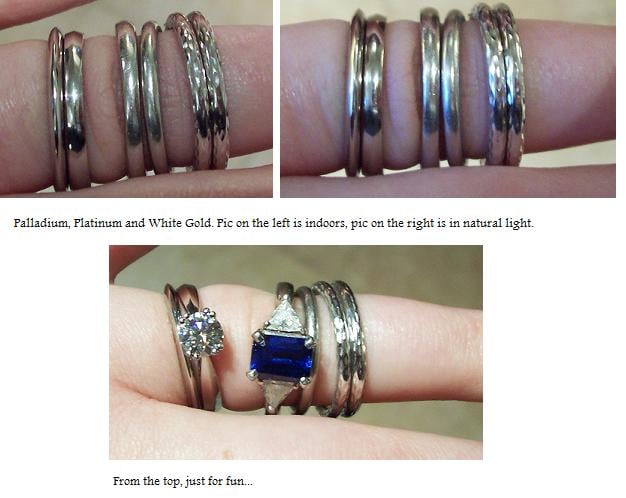Given the current economic circumstances, palladium is certainly looking like an attractive option to me. What are the differences between platinum and palladium? Can you actually tell them apart with the naked eye?
I''ve been looking at this ring: http://www.platin-ice.com/OnlineShop.aspx?PId=192 - choosing palladium cuts the price almost by half. Obviously palladium costs a lot less, but why is that? Is there a difference in durability?
I''ve been looking at this ring: http://www.platin-ice.com/OnlineShop.aspx?PId=192 - choosing palladium cuts the price almost by half. Obviously palladium costs a lot less, but why is that? Is there a difference in durability?










300x240.png)